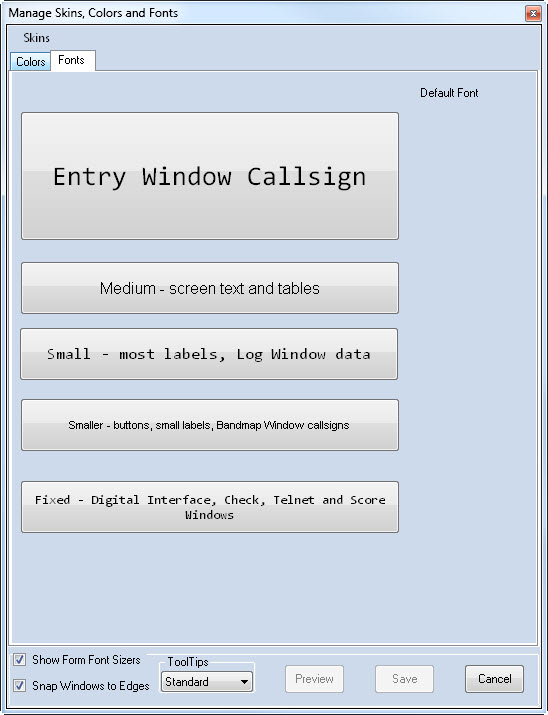

- Editing a log entry in n1mm logger software#
- Editing a log entry in n1mm logger free#
- Editing a log entry in n1mm logger windows#
Tips for audio input: when possible use an isolation transformer (salvage from an old modem).
Editing a log entry in n1mm logger windows#
Python script is repackaged into a windows executable with pyinstaller. This function uses threading.timer module for scheduling Sound card I/O thread - maintains a double ended FIFO audio buffer of the specified length (default: 45 secs)įile I/O thread(s) - dump_audio function saves the buffer to a wav file and (optionally) converts to mp3 using lame encoder. Main Thread - listens for UDP broadcasts from N1MM on port 12060 Written in python 2.7, using threading and pyaudio libraries: Station 2 should be DestinationPort=12062Īlternatively set staion NR using -station-nr option

Station 1 should be DestinationPort=12061 Station 0 should be DestinationPort=12060 Multi Multi Configuration Example N1MM Logger.ini file S, -so2r SO2R mode, downmix to mono: Left Ch - Radio1 QSOs, q, -query-inputs Query and print input devices p PATH, -path=PATH Base directory for audio files C, -continuous Record continuous audio stream in addition to

l BUFFER_LENGTH, -buffer-length=BUFFER_LENGTH

Index of the recording input (use -q to list) i DEVICE_INDEX, -device-index=DEVICE_INDEX D, -debug Save debug infoĬapture x seconds after QSO log entry h, -help show this help message and exit Qsorder supports optional command line flags: Advanced Usage: qsorder.py For any feedback please post a comment at the SF or email k3it (the window may not react to a Ctrl-C right away - this is normal ) To stop qsorder either close the command window or Ctrl-Break. ReplayGain indicates the perceived loudness of the recording as reported by lame. Note that only a parital file name is printed to save screen space. The audio files are saved to a subdirectory. Use this key whenever you hear something interesting, outside of a normal QSO (even when N1MM is not running!) The hotkey should be recognized even when qsorder window is not in focus. Pressing a HOTKEY (CTRL+ALT+M or specified with -hot-key option) will save the current audio buffer to a file in AUDIO_YYYY directory. (note: rec input selection flag is not yet implemented) If it's not the right one, go to windows audio settings and change the "Default Recording Device" to the one you like. qsorder should tell you which audio input was selected.
Editing a log entry in n1mm logger software#
If prompted by the Windows Firewall software make sure you allow local network communication. After checking that box QSOrder started working as intended. I guess I need to read the N1MM+ documentation to learn more. I don't seem to have that box checked on my desktop computer in my home ham shack. I'm not sure if that was necessary or superfulous.
Editing a log entry in n1mm logger free#
('Lame' is a very fast, free MP3 encoder)įind the section in your N1MM Logger.ini and include the lines below. If prefer to save uncompressed WAV files instead of mp3's then simply delete lame.exe. Basic usageĭownload and unpack both the qsorder executable and lame.exe to the directory which will contain the contest audio (e.g. The delay helps with capturing a tail-end after a QSO was entered into the log. The broadcasts trigger a dump of the audio buffer to a file after a specified delay time (default is 20 secs). qsorder maintains a buffer in memory and listens for "Contact" UDP broadcasts sent by the logging program. This is an external "plug-in" for N1MM which adds a QSO audio recording function. Qsorder.exe - a console app for audio recordimg of N1MM contest QSOs. Qsorder - audio recordig app for N1MM and TR4W contest QSOs.ĭownload stable windows executable under Releases


 0 kommentar(er)
0 kommentar(er)
